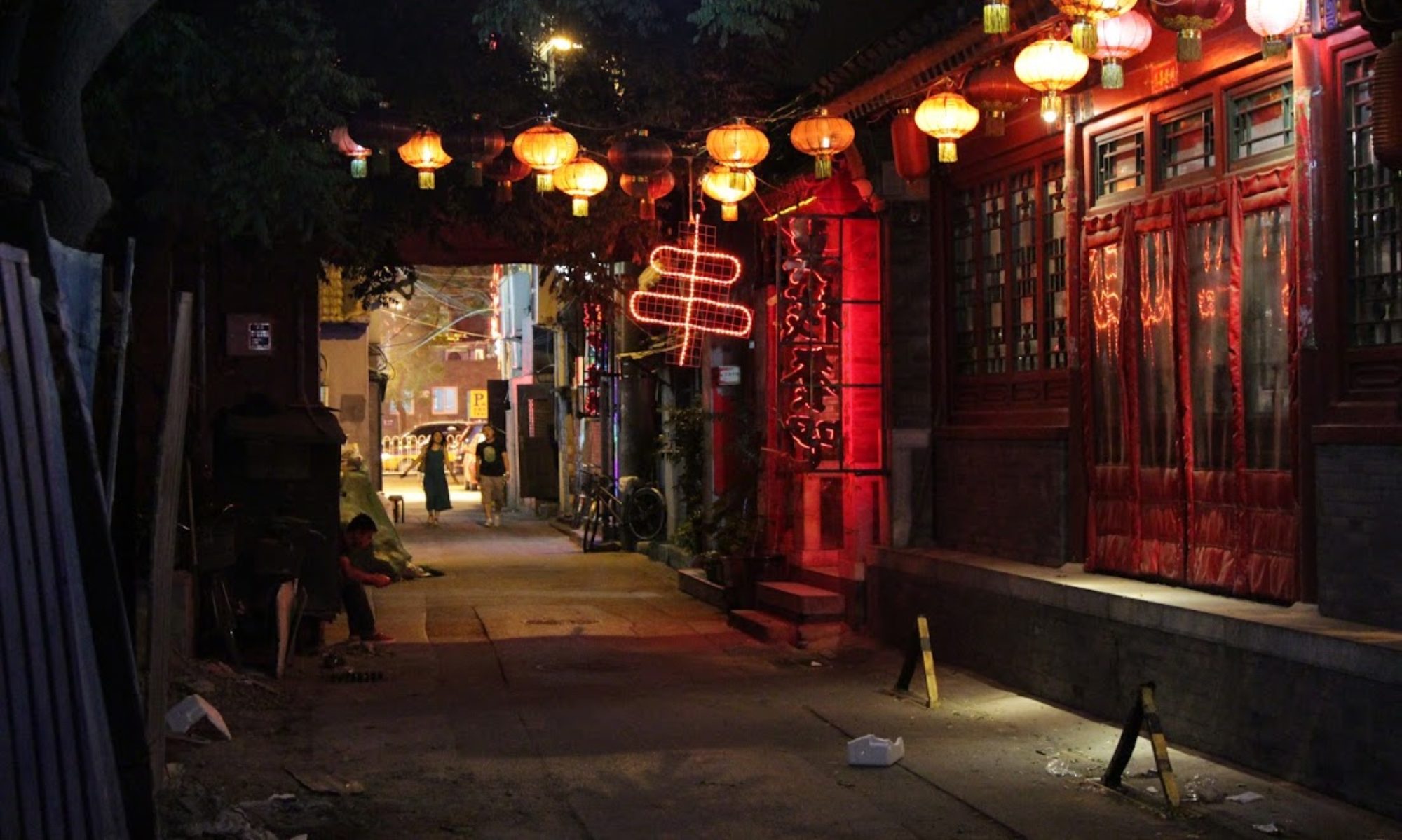httpvh://www.youtube.com/watch?v=_o68hQB9rm4
Kente weaving is an ancient art, its roots dating before 3000 B.C. This past week Drew, Adriana, and I visited the largest kente village in Ghana – Tafi Abuife.
Aikins, our friendly guide, gave us a tour around the village of 3000. Every child is taught the art of weaving kente upon reaching the age of seven – as a birthright, responsibility, and means of making money. The ‘click clack’ sound of looms can be heard across the village.
Kente weaving was inspired by intricate spider webs in the ancient forests of Ghana. Legend says that two hunters found an exceptional web, and studied its designs and patterns for two days. Afterwards, they returned to their village to implement what they had seen. Kente was known as the ‘cloth of kings’ due to the cost and time required to weave it. Even with modern-day technology, it is still woven by hand. Each strip is classified by the number of weaves used to make it. A single weave takes five hours to complete, a double weave takes seven hours, and a triple weave takes a whopping nine hours.
Everything about kente is symbolic – the colors, symbols, and geometric designs. Common designs include those of unity, birds, hills, and our footprints as human beings.
My favorite part of the tour was getting to see the ‘weaving houses.’ These sweatshop-like buildings were built by the government to ensure that kente could still be produced during the rainy season. There are three of these buildings in all.
Kente sellers were eager for us to try on their goods to potentially make a sale. Their tactics worked; I now own the two satchels seen in the photo below.
All in all, it was great seeing kente being produced firsthand. I would have loved to stay overnight in the village for a weaving apprenticeship, but my time was limited. But that didn’t keep me from ordering a custom-made kente blanket, the subject of tomorrow’s post!











OMG!!! Was that little boy really weaving that quickly?
I regret not going to a Kente village when I was there…I want a satchel too!!!